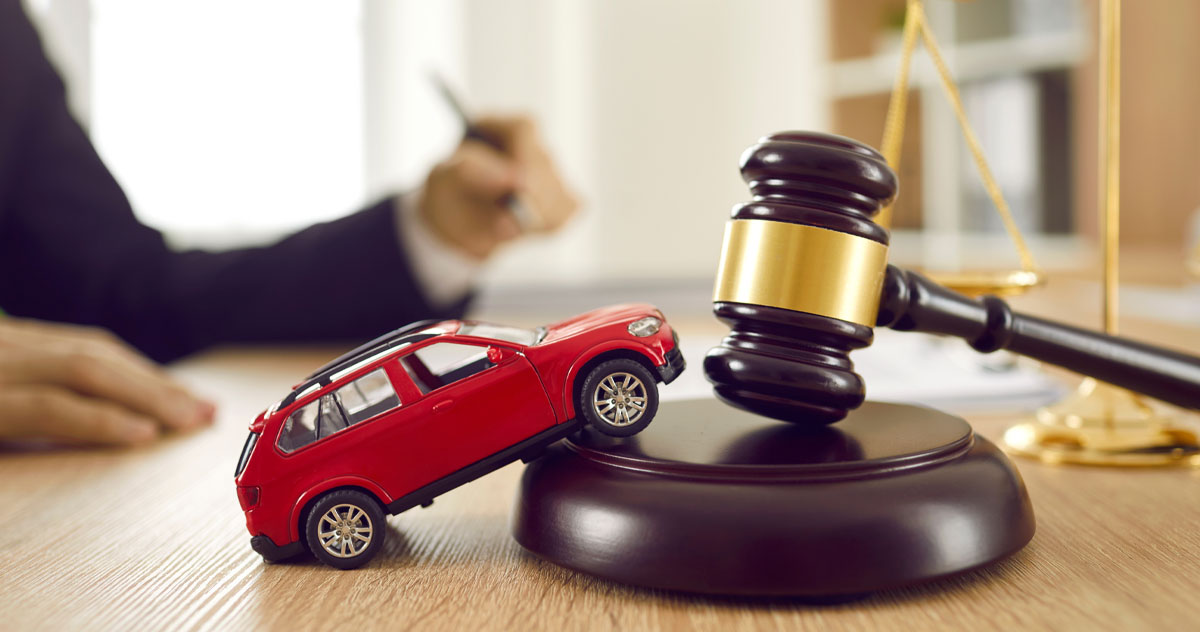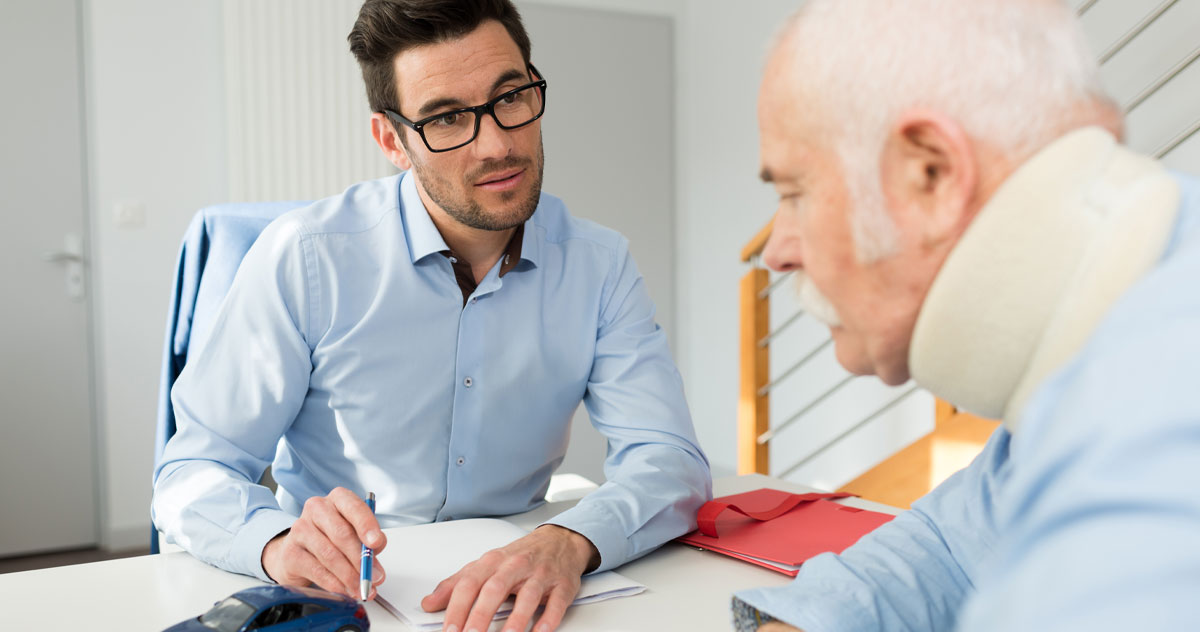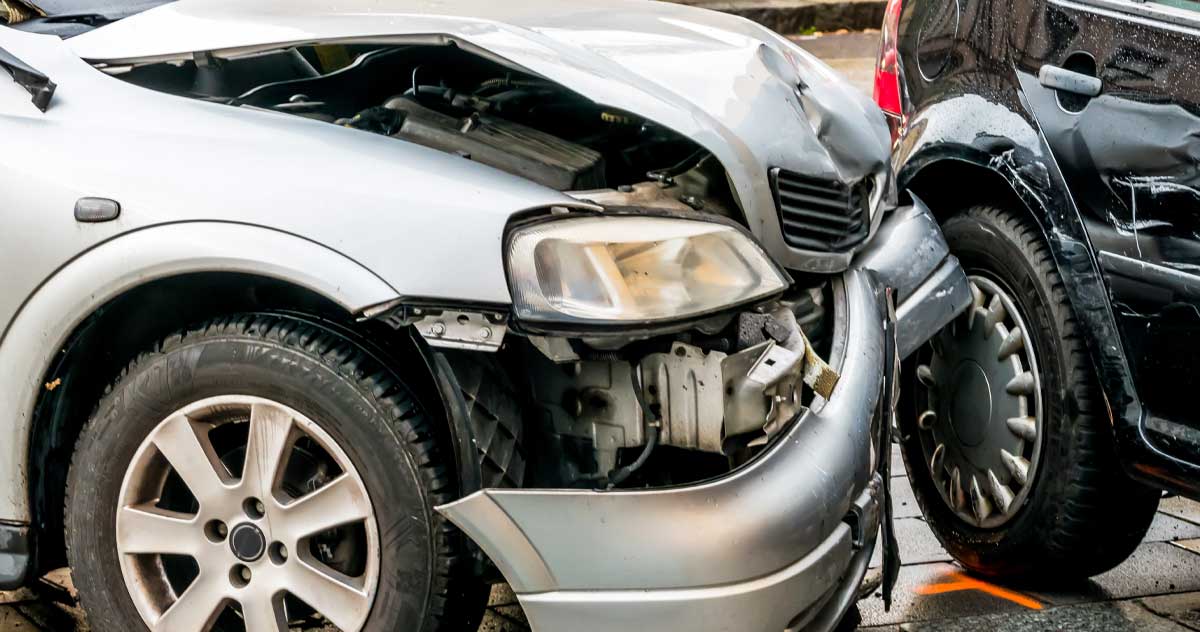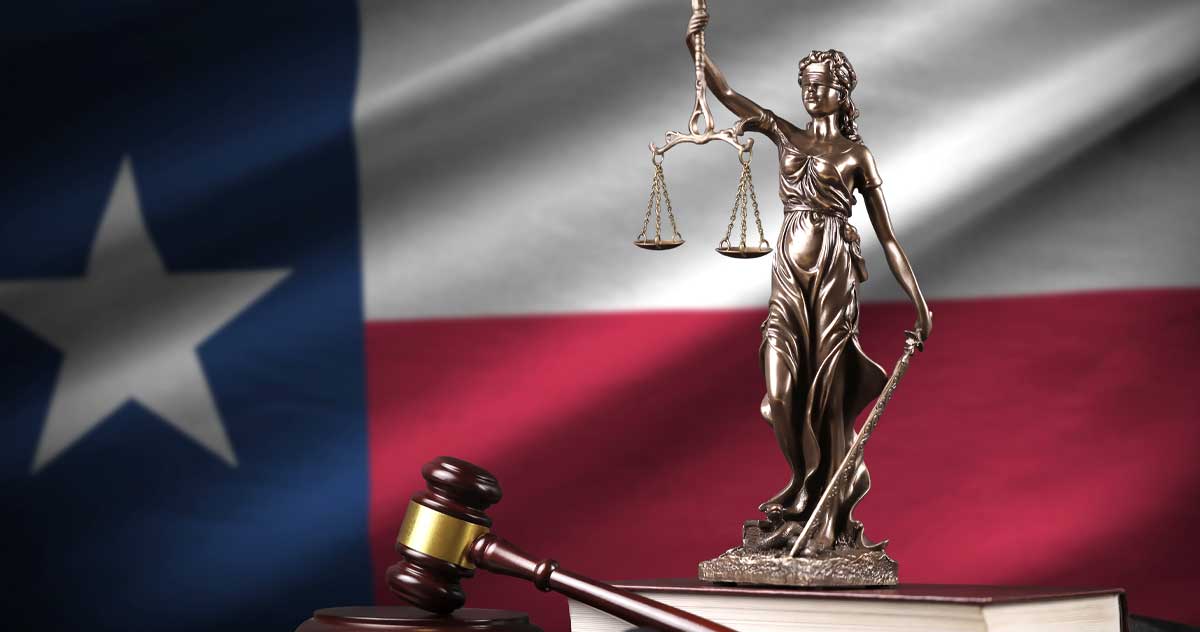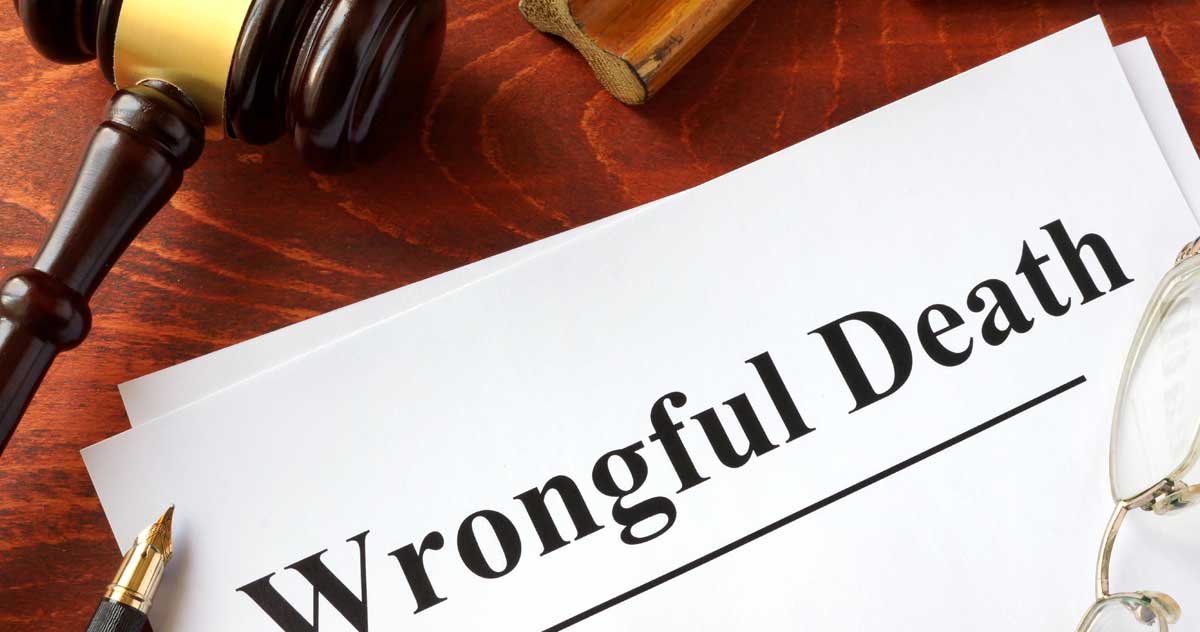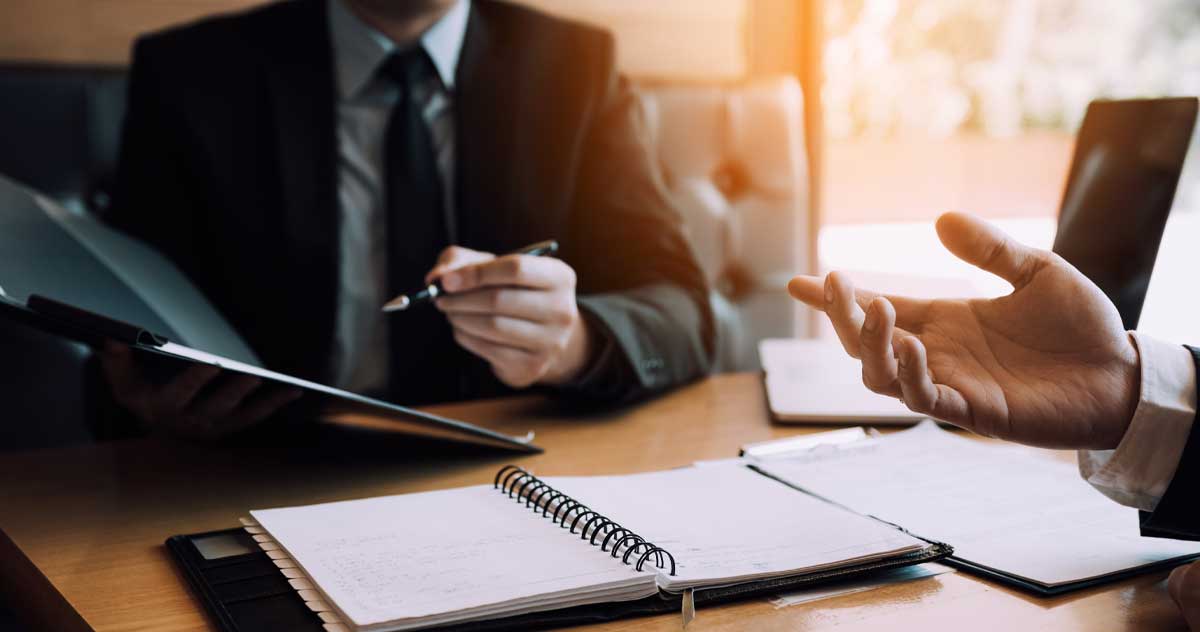Intersection accidents can be some of the most devastating and catastrophic accidents on the road. With multiple vehicles coming together in a split second, the results can be life-altering. The purpose of this blog is to explore the various factors that contribute to intersection accidents and to determine who is at fault in such incidents.
Intersection accidents are often some of the most catastrophic and devastating road accidents. They can cause multiple vehicles to come together in a split-second and can change lives forever. But who is at fault when an intersection accident occurs? And, if you are involved in one, what should you do afterwards to protect yourself, others, and increase your chance of being awarded the compensation you deserve?
In this post, we’ll take a deeper look at the factors that contribute to intersection accidents, how fault is determined, and the various types of liability that apply. We’ll also walk you through some steps to take after an intersection accident to ensure that those responsible are held accountable.
Factors Contributing to Intersection Accidents
There are several factors that can potentially contribute to intersection accidents. These include:
- Negligent Driving: This is often a common factor in intersection accidents. It could include behaviors like running red lights, running stop signs, making illegal turns, or failing to yield. Even if other drivers are following the road rules, just one negligent driver can cause an accident.
- Defective Traffic Signals: In some cases, traffic signals at intersections can malfunction, causing confusion for drivers and increasing the risk of an accident. When a traffic signal isn’t working correctly, it can cause accidents to happen as drivers try to navigate the intersection without guidance.
- Poor Road Design: If the road is designed or laid out poorly, this can also contribute to a higher risk of accidents around intersections. When the road is designed poorly, it can make it harder for drivers to safely navigate intersections. This can include a lack of clear lane markings, poor signs, or confusing road layouts.
- Distracted Driving: Driving while distracted is a growing problem and has been a major contributor to intersection accidents in recent years. Drivers taking part in activities such as using a cell phone, eating, or engaging in other activities while driving can lead to them missing important cues on the road, such as stop signs or red lights. As a result, the risk of accidents can be higher.
- Reckless Driving: Another common issue that can cause an intersection accident is reckless driving, such as tailgating, speeding, or sudden lane changes. Driving recklessly can put yourself and other drivers at risk, increasing the chance of an accident.
Determining Fault in an Intersection Accident
If you have been involved in an intersection accident, it’s crucial to understand the steps to take to determine fault in the case. The first step is to gather and carefully examine as much evidence as possible. This might include eyewitness accounts, photos and videos of the scene, damage to the vehicles, and police reports. The more evidence that is available, the easier it is to determine fault.
Police reports can provide a range of valuable information regarding the accident. By looking at the police report, you can often get more information on the cause of the accident and the events that led up to it. In some cases, the police report might make it clear which driver was at fault.
Along with this, you should also try and get as many eyewitness statements as possible regarding the accident. These can be very useful when it comes to providing important information about what happened and who was at fault.
In some cases, it might be worth getting an expert analysis. An expert witness can help with determining fault in an intersection accident. For example, they may reconstruct the accident scene or perform a professional examination of the vehicles involved. They may be able to give their expert, trusted opinion as to who was at fault.
Liability in Intersection Accidents
Several parties may be held liable in the event of an intersection accident. These are:
- Driver: In many cases, one or more drivers who caused the intersection accident will be held liable for any damages and injuries that occurred as a result. This might be down to distracted driving, for example, using a phone behind the wheel, or negligent driving, such as failing to yield or running a red light.
- Government: In some cases, an intersection accident might be deemed to be the fault of the government. For example, this might be the case if there is a poor road design or a defective traffic signal resulting in an accident. In this situation, the government will be responsible for not only rectifying the problem, but also compensating anybody affected by the accident.
- Manufacturer: The manufacturer may be held liable if there was a defective vehicle, traffic signal, or something else on the road that ultimately led to the accident. Improper manufacturing of a traffic signal, for example, can lead to defects that might confuse drivers on the road.
Since there may be multiple factors contributing to an intersection accident, it’s crucial that a thorough investigation is conducted to determine who was at fault.
Steps to Take After an Intersection Accident
Get medical attention: even if you don’t think you were injured seriously, the first step to take after an intersection accident is to seek medical attention. Certain injuries, for example head injuries, can be serious even though they are not immediately obvious. Getting medical attention as soon as possible will not only help you protect your health but also provide evidence for your case.
- Contact the police: It is crucial to contact the police if you have been involved in an intersection accident. They will investigate the accident and generate a report that you can use to determine liability and help with making insurance claims.
- Gather evidence: It’s essential to gather as much evidence as possible from the scene of the accident. Get information from any eyewitnesses at the scene and take photos and videos if you can. This evidence can be used to prove fault and support a claim in the future.
- Contact your insurer: It’s essential to contact your auto insurance company after being involved in an intersection accident. They will help when it comes to making a claim and they can provide further information on the next steps to take.
At What’s My Case Worth, we know how devastating intersection accidents can be and the impact that they can have on your health and life. If you have been involved in such an accident, our experienced personal injury lawyers can help. Contact us today at 877-559-3513 to discuss your case and find out more.
